In-Depth: Does Post-Production Belong in Film Photography?
12 13For today's article, we are talking about a hot topic. Post-Production in analogue photography. Photographers out there have strong feelings regarding this issue.
There are two sides: one believes in the purity of photography and argues no editing whatsoever should be made to an image. While the other side believes that editing is an integral part of the process.
The definition of post production is the very root of divergence for many people. In analogue photography there is a strong belief that this way of taking photos is more authentic to the meaning of photography.
Some people believe that with film there should be no altering of an image. The analogue community likes to praise the virtue of certain film stocks over others, and commends the power of a single camera to "make a photo". Aesthetically and sentimentally attached to their favorite gear, many photographers have defined their style through these specific choices.
The Myth of The Film Look
What does it mean to be faithful to a film? As soon as we convert a negative to a scanned file, we have altered the photograph. Even labs make minor adjustments. If we are lucky enough, what they do is to our liking, and we keep it as it is.
But not all scans are the same. If you have been practicing analogue photography for a while, you might have noticed the difference in scan quality between the machines each lab works with. Different software can give different readings to the color cast when we convert an image, therefore the first look we get is already compromised, and the same stock can appear different from lab to lab. This is true for homemade scans as well, since each plug-in, preset, or editing tool setup, will inevitably have their own specific characteristics.
Nevertheless, here lies another crossroad. The alterations we make on our negatives from this moment onward are in control of the photographer, and personal taste plays a crucial role. Editing software mimics tools that were common in the darkroom. Dodge and burn, cropping, contrast control, white balance, and so on, were always techniques a photographer had to master to finish a photo to their liking. However, how far you believe it is right to push your post production is up to you.
Perhaps there is a limit to the editing you want to make on a film, over which there is the risk of making that stock unrecognizable. This is an artistic choice only you can judge.
What Reality?
One school of thought works with the goal of representing exactly what they have seen at the moment they took a photo. We ask one question: isn't choosing a certain film stock already a manipulation of reality? You can keep editing confined to adjust a photo to the recollection of the scene as it was, but wasn't a stylistic choice already made before the photo was taken?
Keeping “real” colors to a photo, doesn't exclude the fact that we are forcing personal preferences upon a picture. Adding a warm or cold tone, altering the hue, the magenta, and the greens in the shadows or the highlights, more or less contrast… These are all twists and tricks that alter reality and are the beginnings of our personal aesthetic style.
Total diversion from a reproduction of reality occurs when we drastically alter the natural conditions of a scene. Whether this is done in camera with color shifting films such as the LomoChrome family, or afterward, is a photographer's choice. But the possibility is there to create an “unreal” image, and photographic tools are a way to materialize your vision.
Editing is not limited to color correction. Cropping is no different. There is no shame in directing and adjusting the intended point of focus for your viewer. Sometimes we carry a lens that might not be perfect for the situation we are finding ourselves in.
As long as you can make an image work, there is nothing wrong with getting closer to your intended subject by cropping. If you aim to make a perfect composition in-camera it is a matter of training yourself to get it right each time, and it is not an easy task to accomplish in every circumstance.
Perhaps it is better to consider when and for what purpose these alterations are even made? A few genres are ethically bound to faithful reproduction, such as photojournalism and documentary photography. These fields of photography, which aim to show the state of the world, are ethically obliged to respect and uphold the value of truth as much as possible. However outside of this type of work we are free from ethical rules, and therefore, our images are open to post-production and the manipulation of reality to pursue a vision. When and how a photographer decides to actively work on their image making, whether it's before, during, or after they take a picture, is a personal artistic choice.
We are put in mind of the famous Queen anthem I Want to Break Free. Perhaps this is the same anthem we wish for analogue photographers in 2024. Break free from an ideal aesthetic and from what you think is an acceptable “film look”. As long as we don't force our way on others, all is fair in the world of art making.
How do you approach post-production in your analogue photos? Share your thoughts in the comments below.
written by eparrino on 2024-04-07 #in-depth #post-production #editing #analogue-photo #color-correction #film-look #film-authenticity
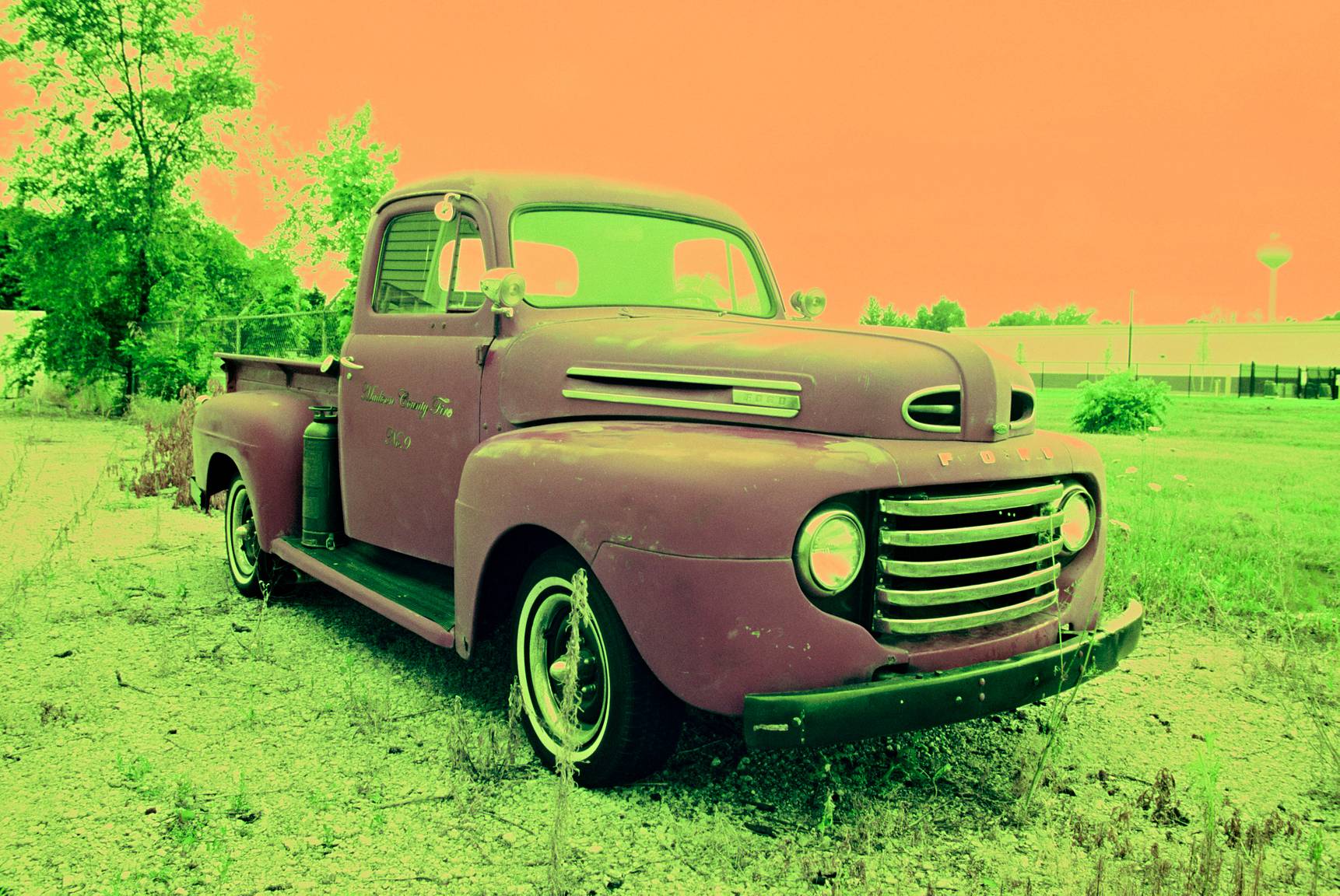
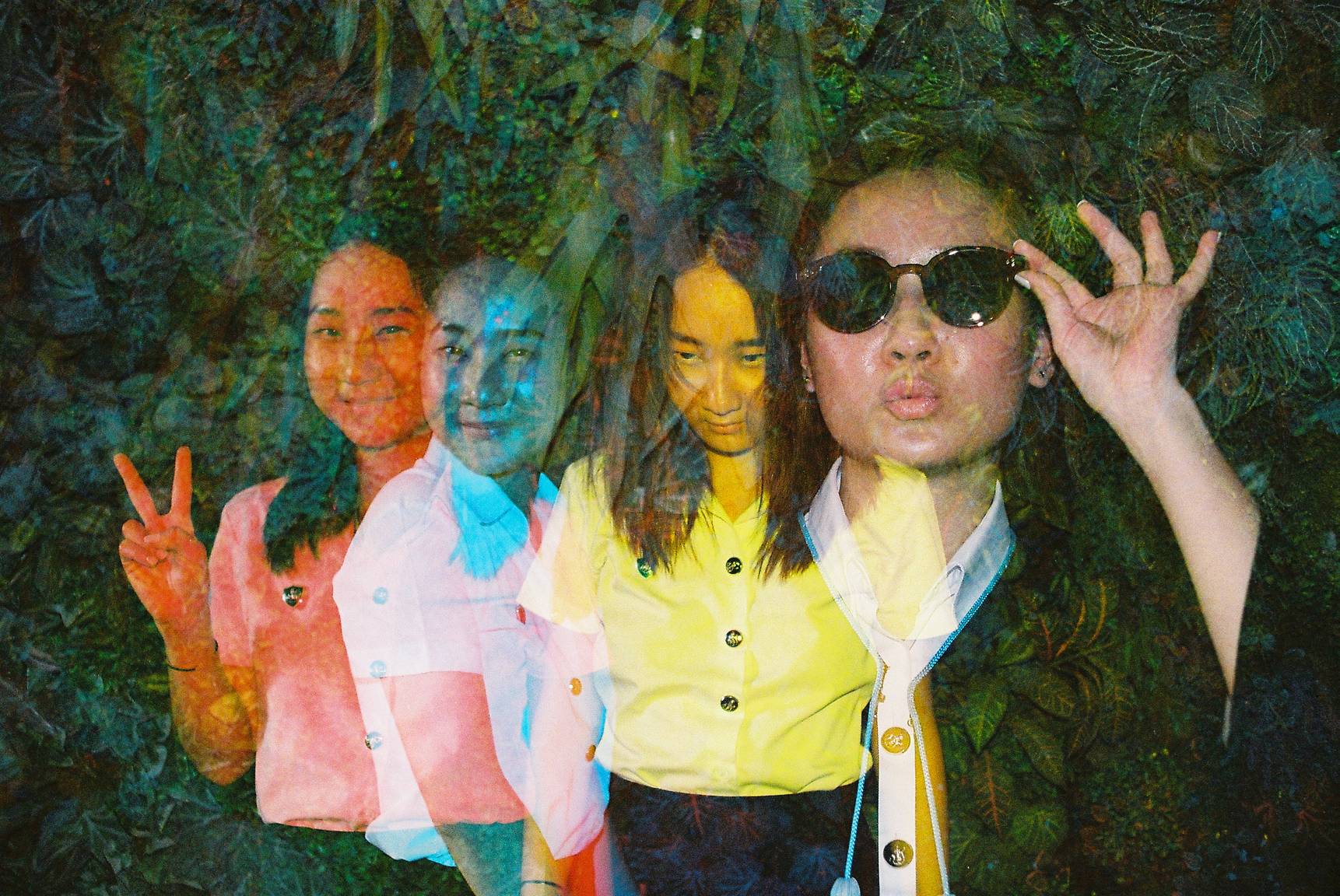
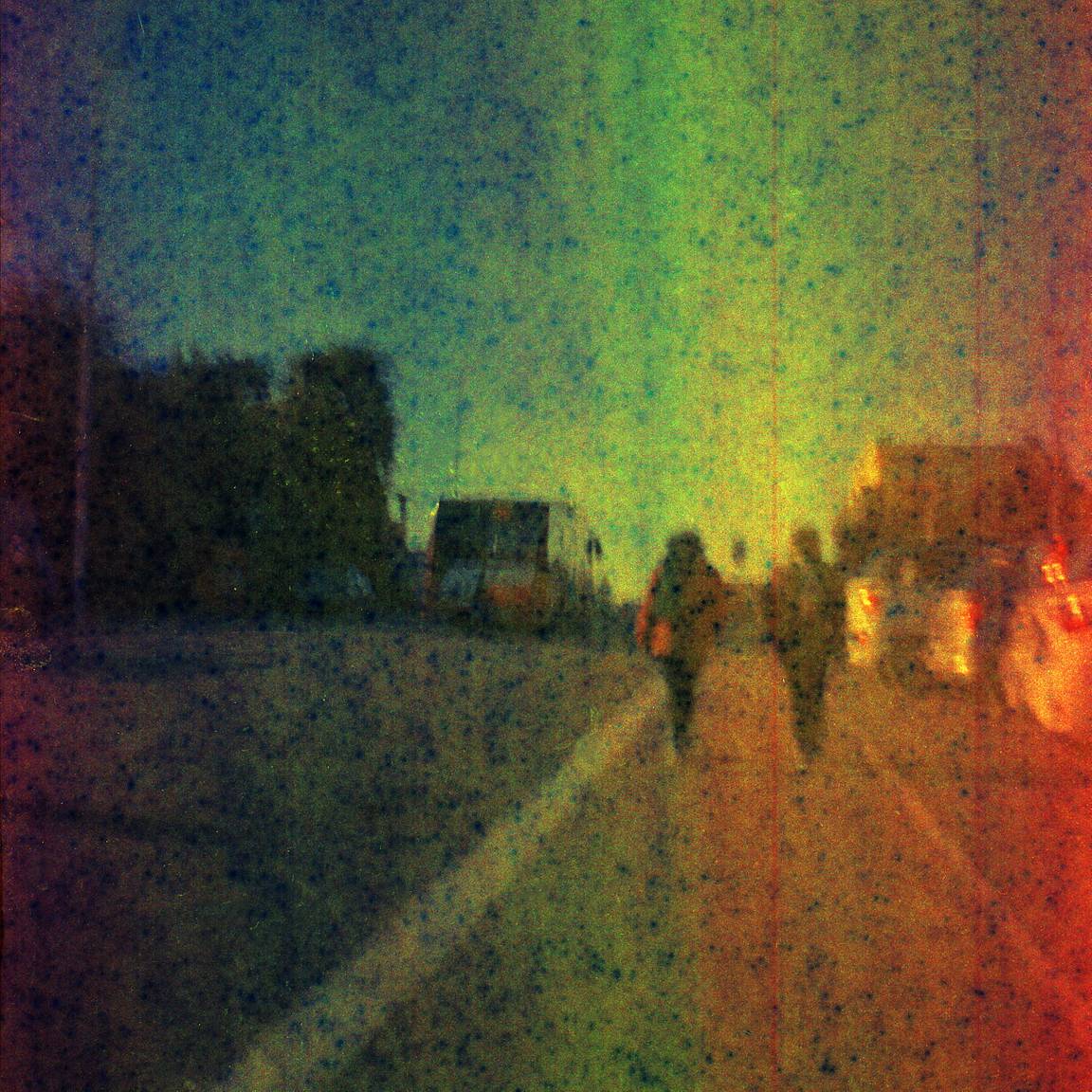
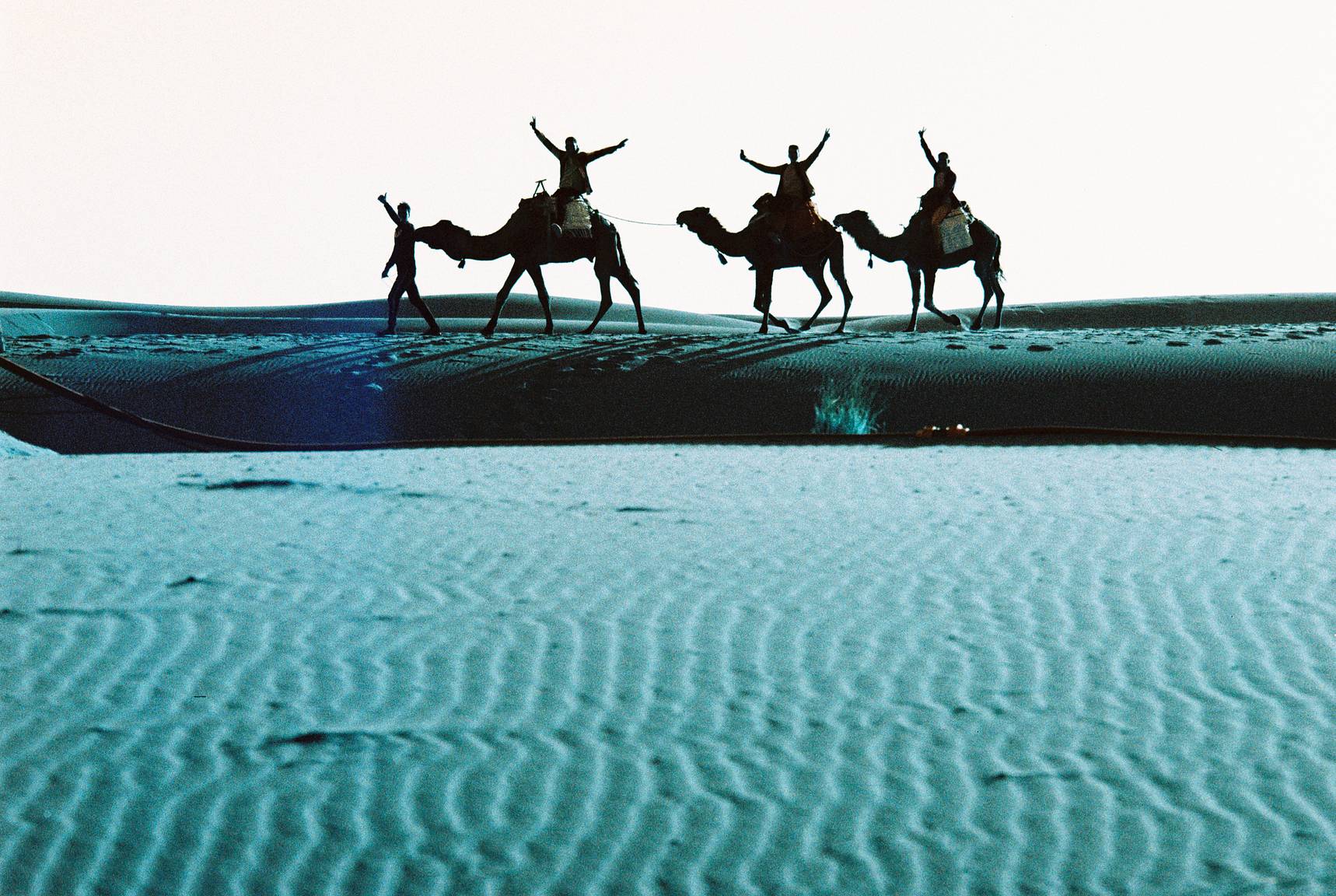
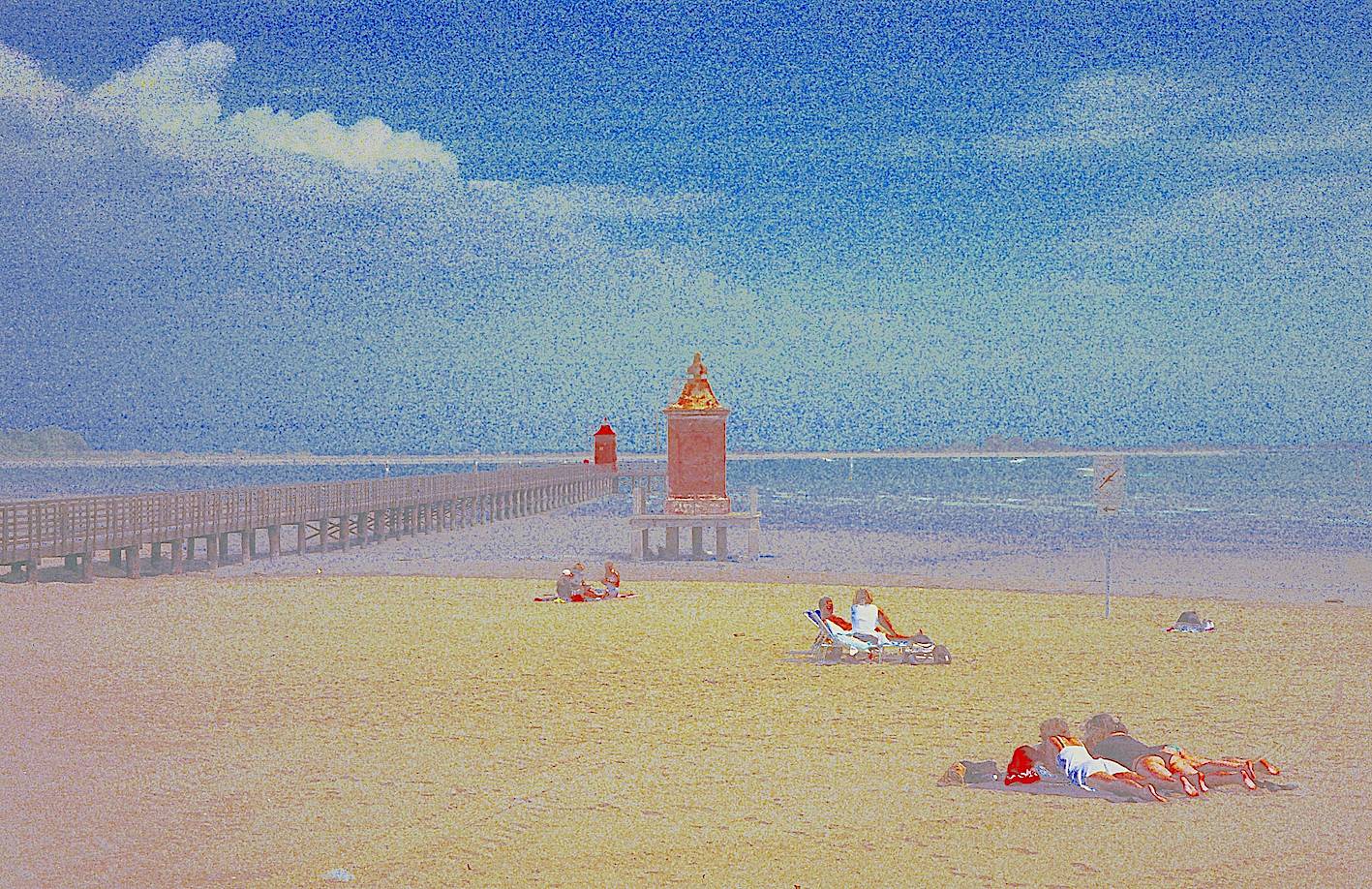
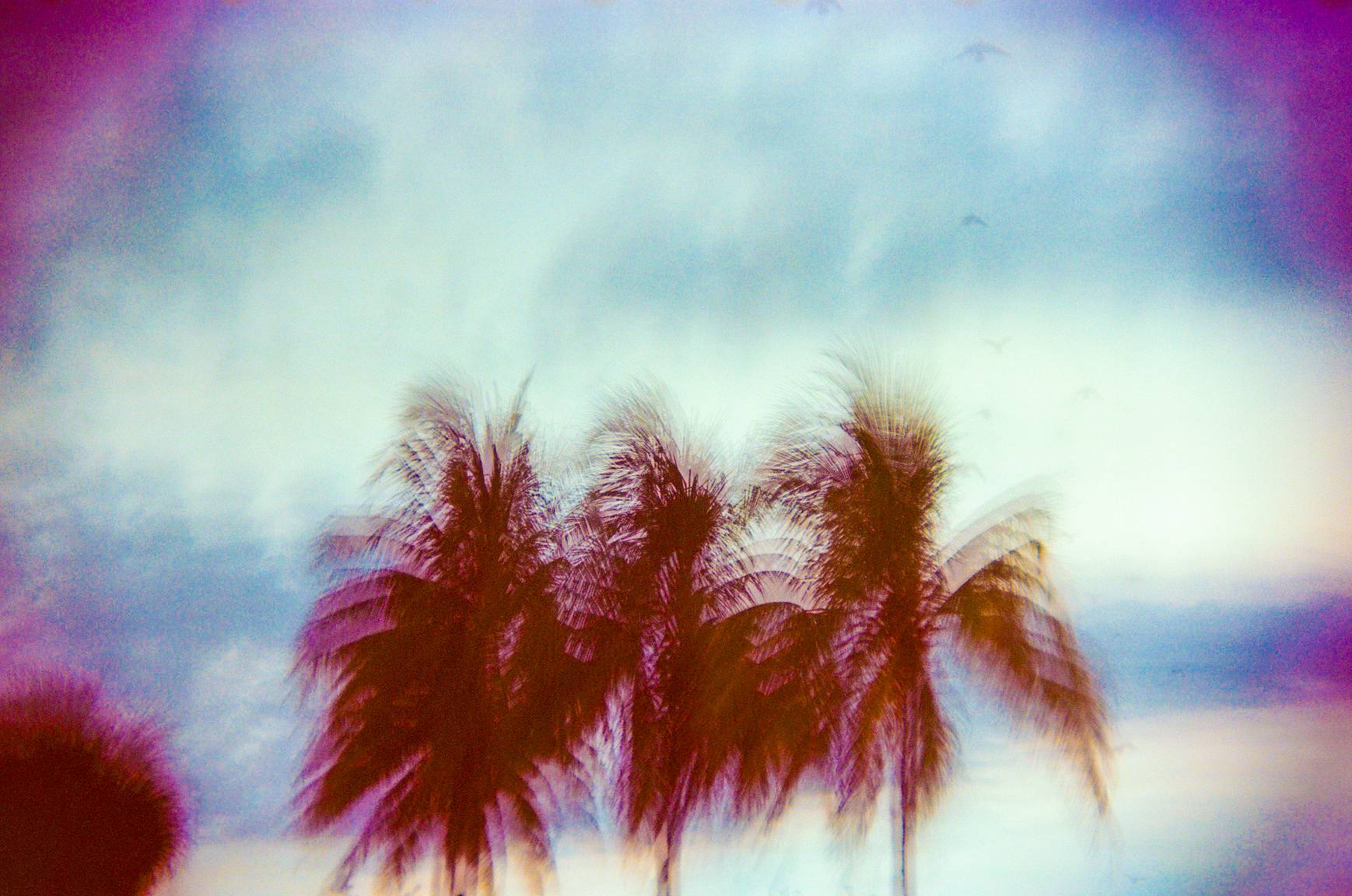
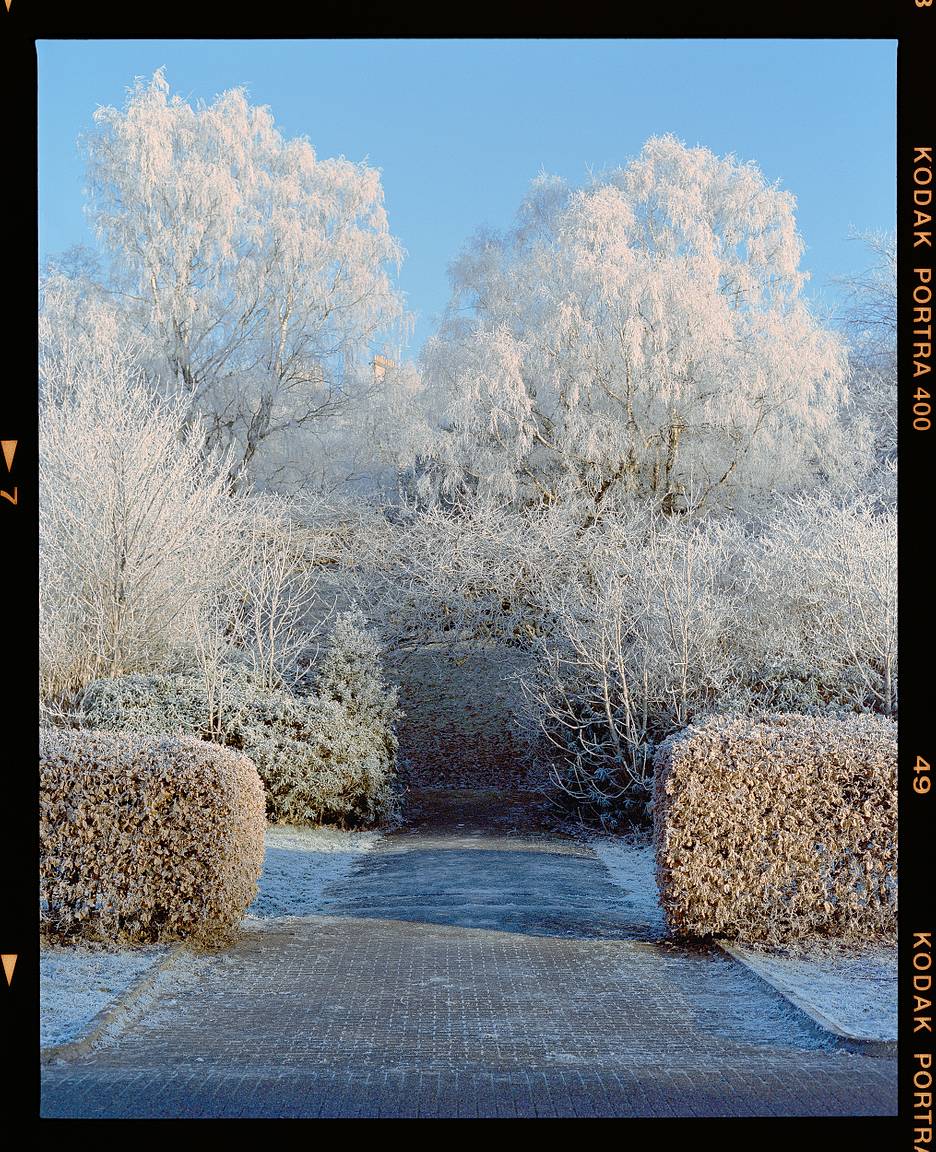
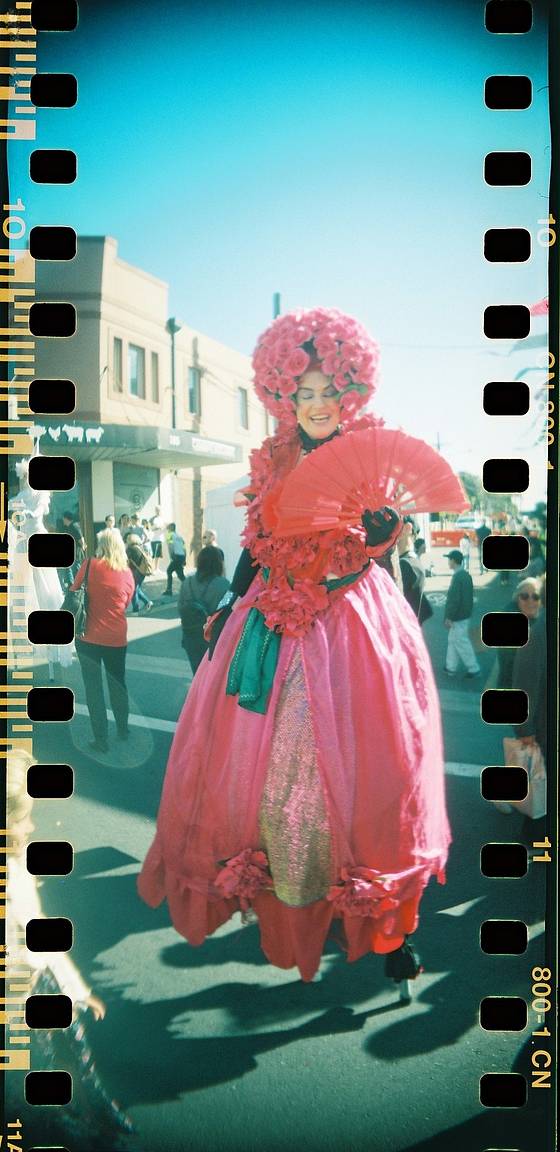
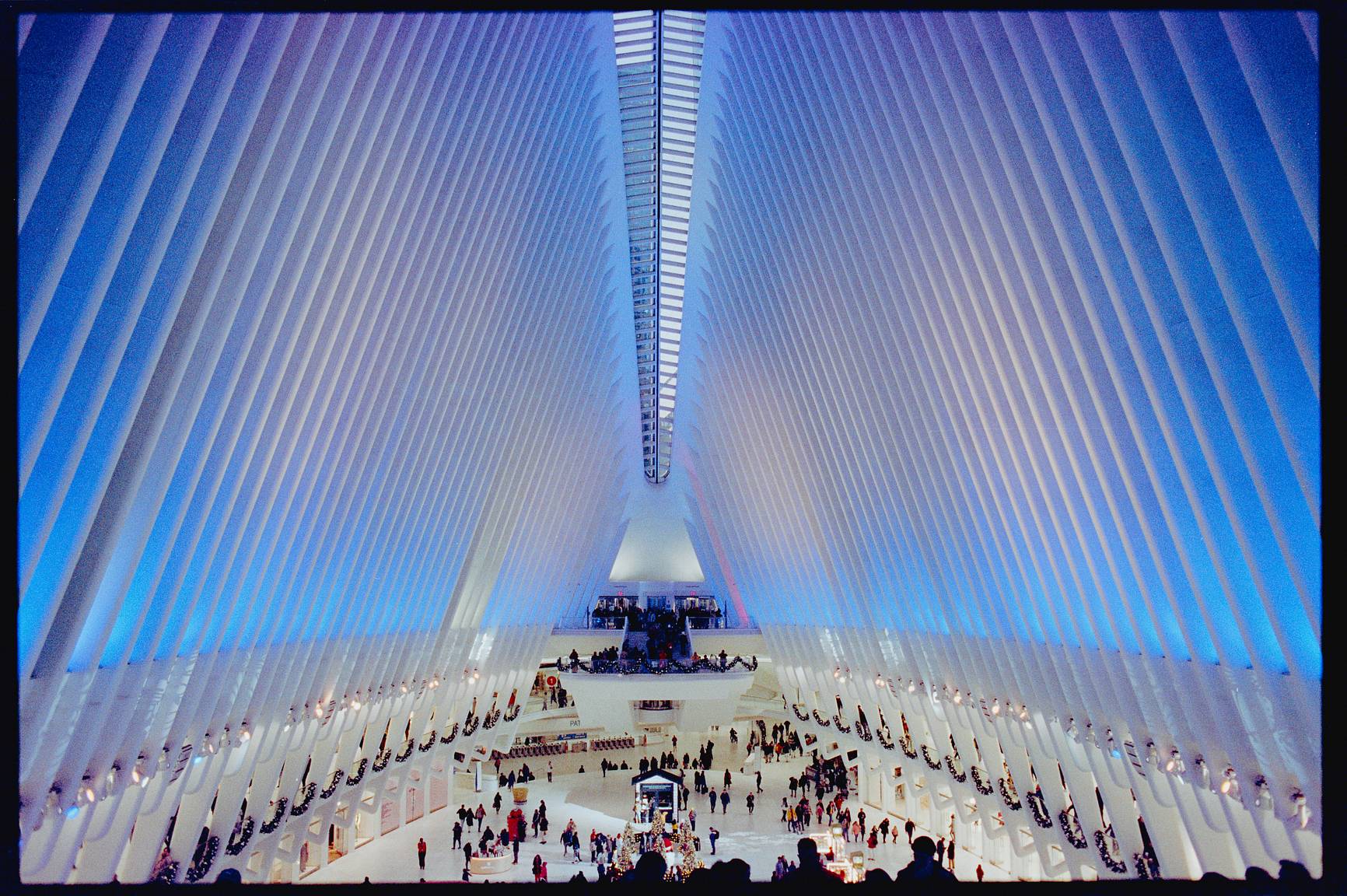
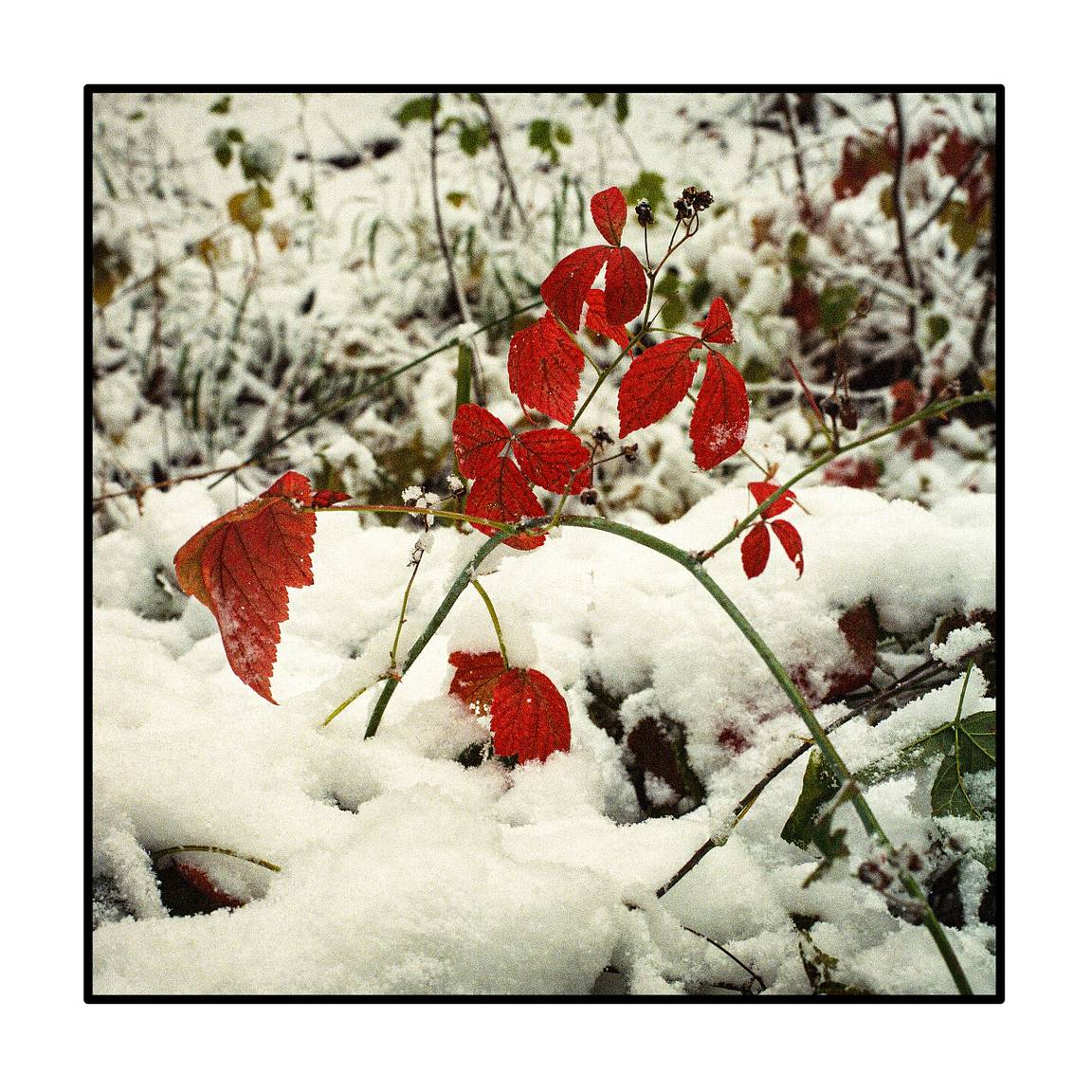
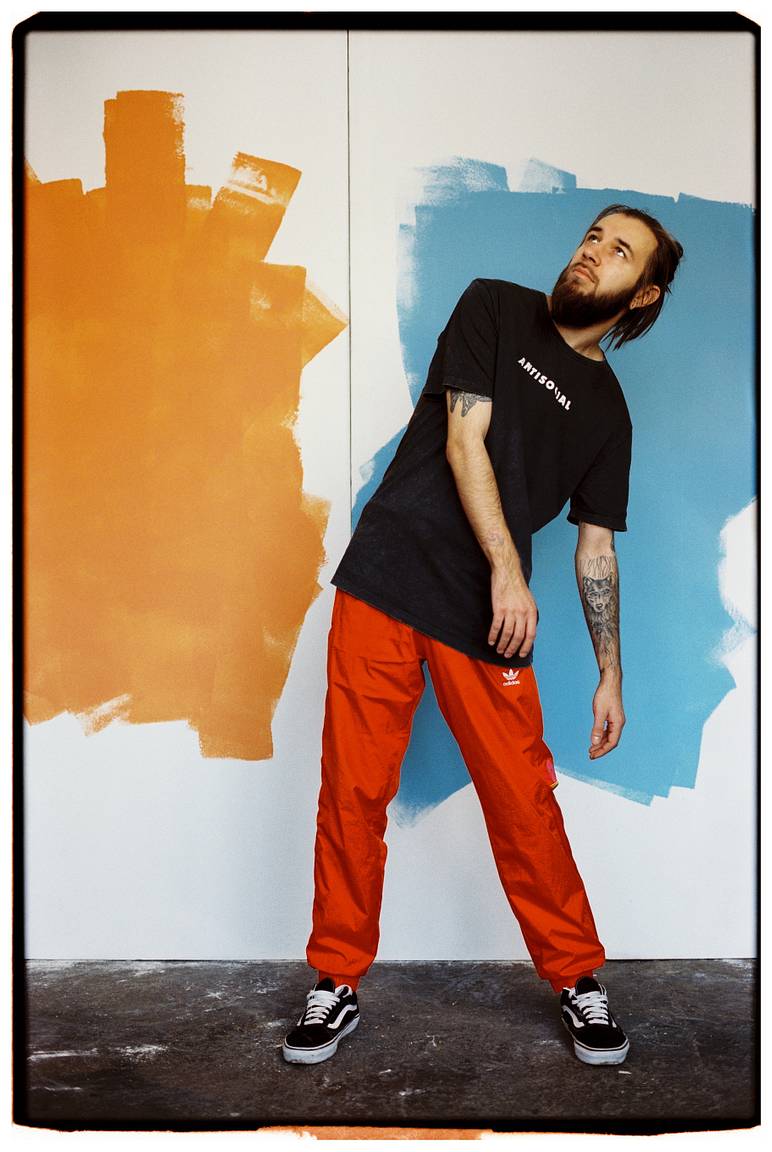
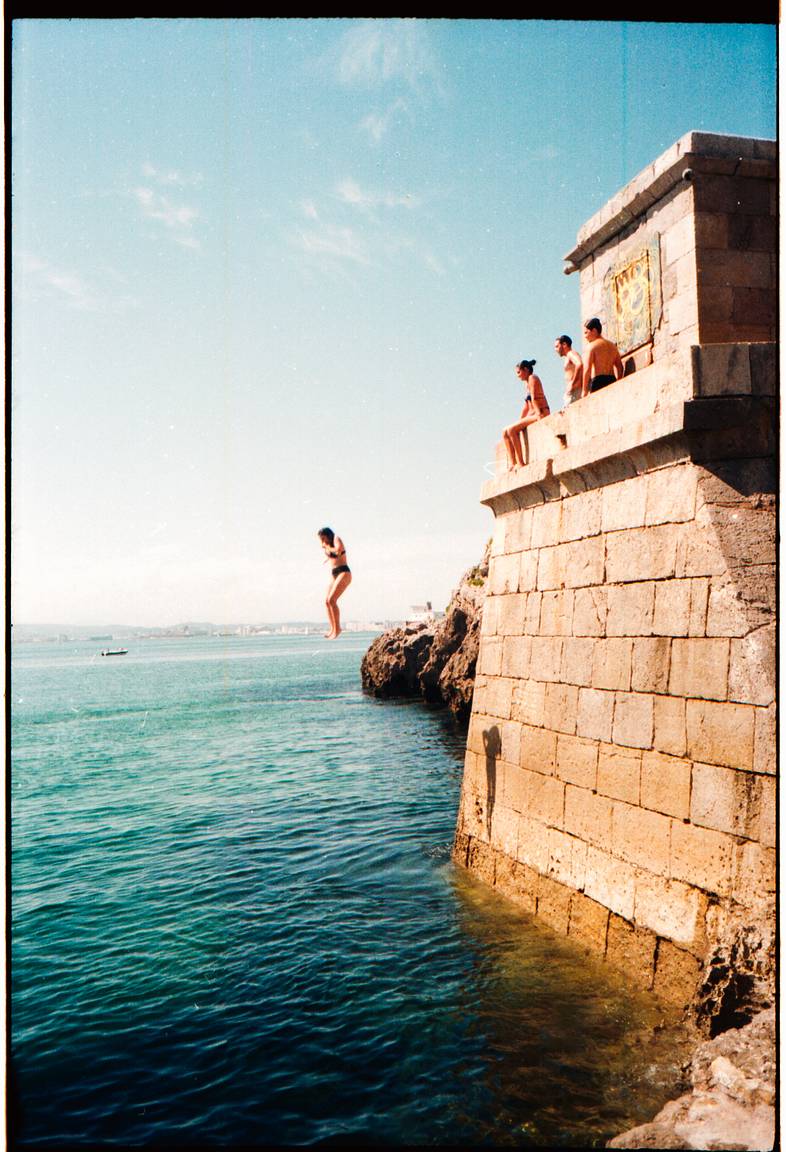
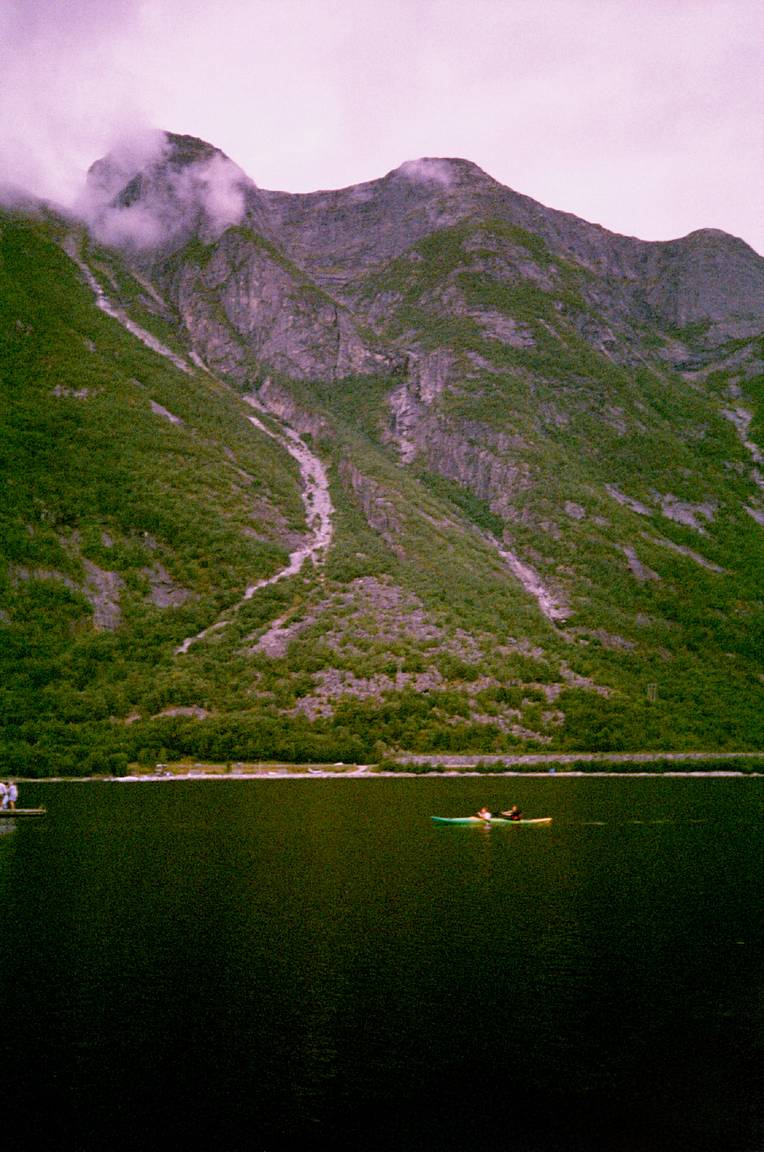
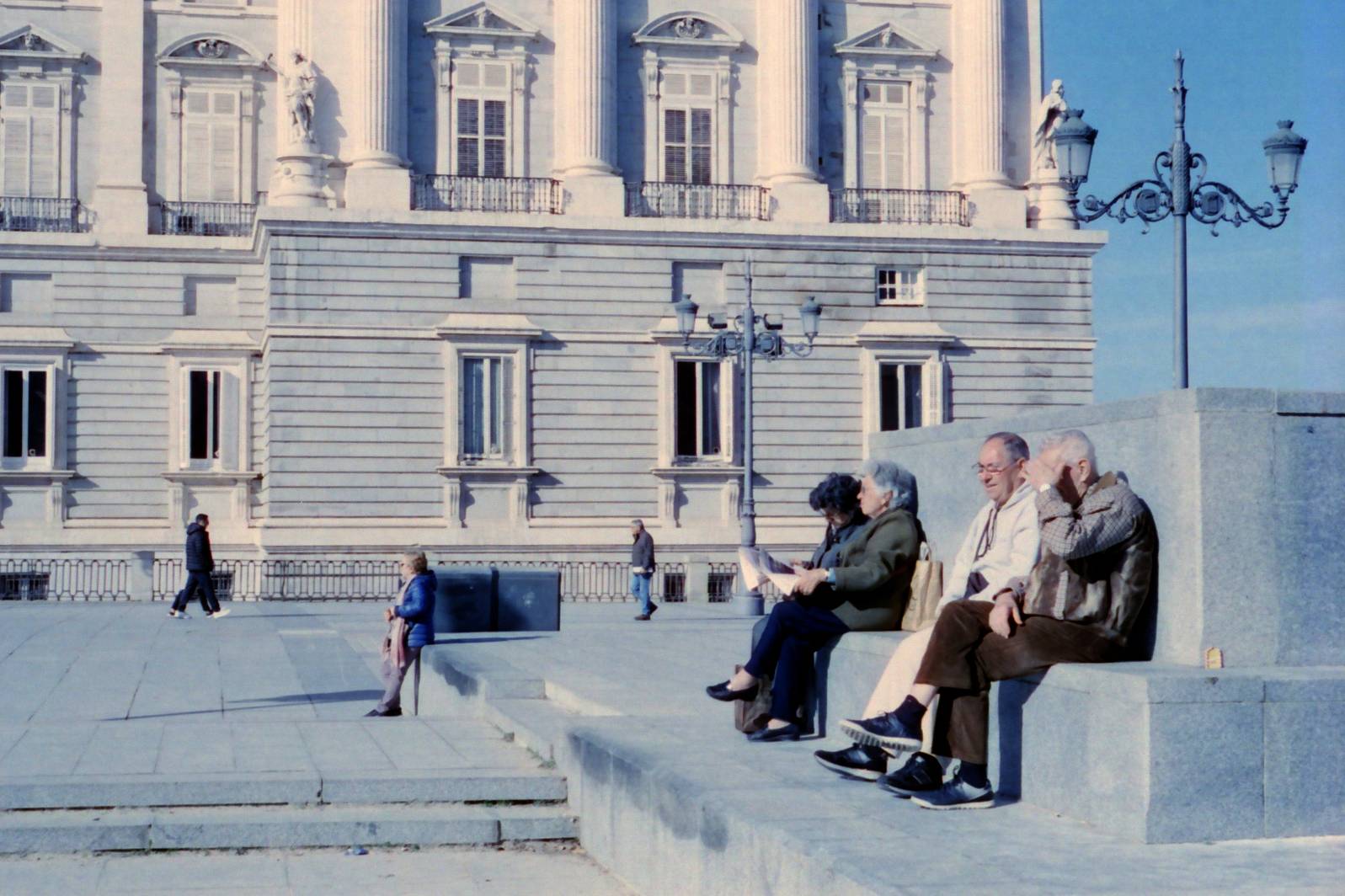
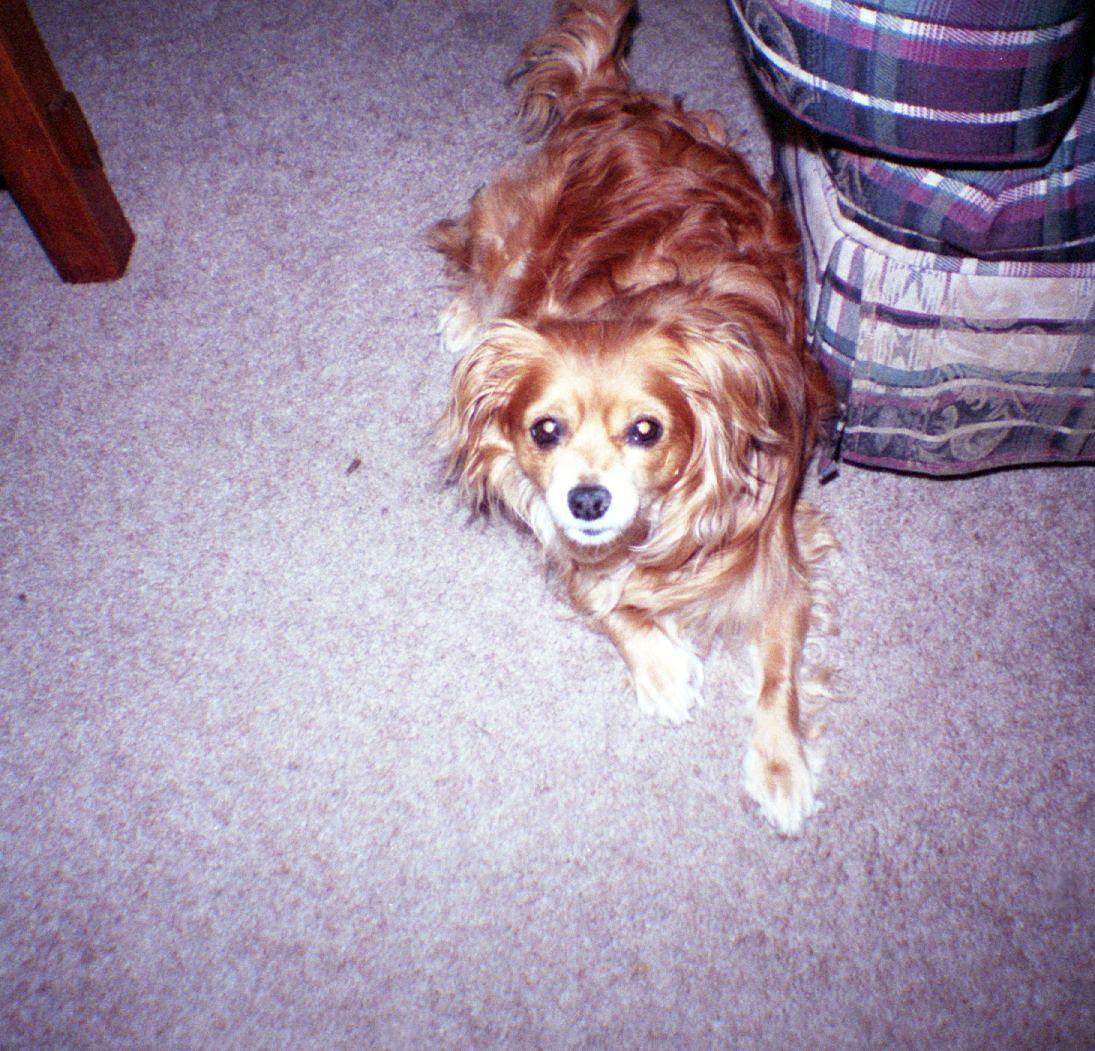

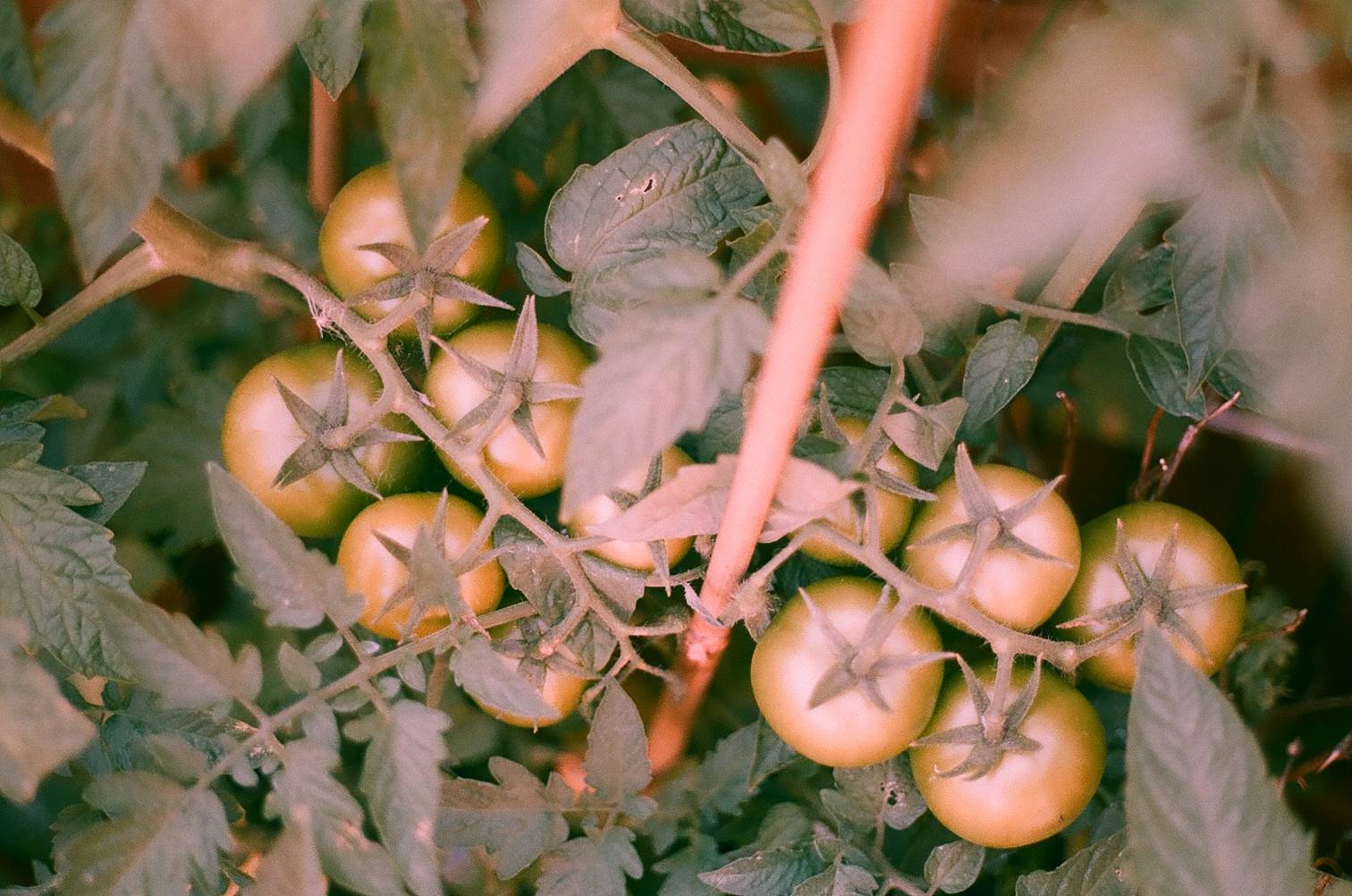
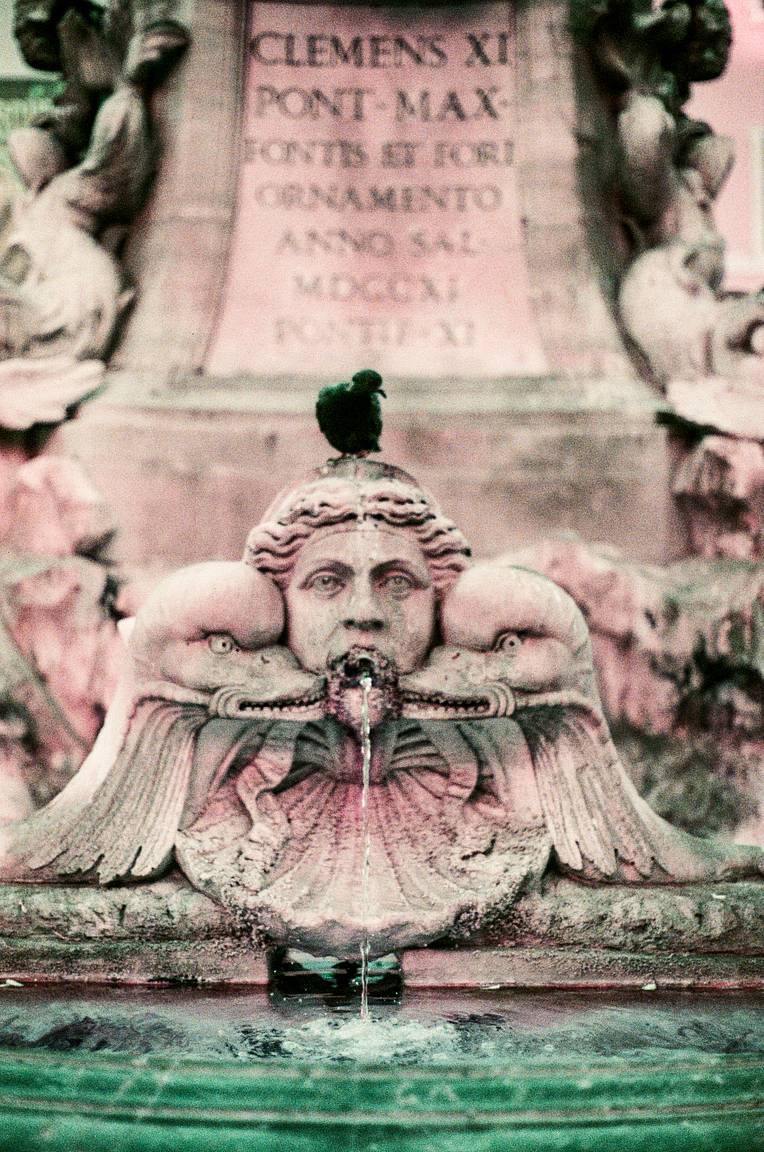












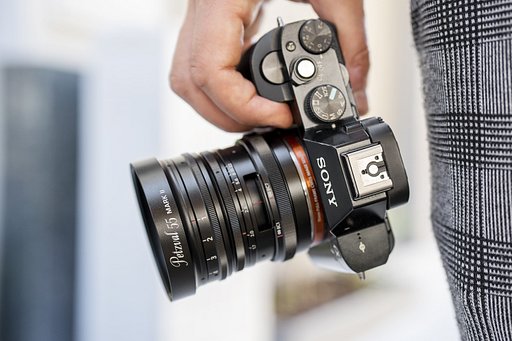




12 Comments